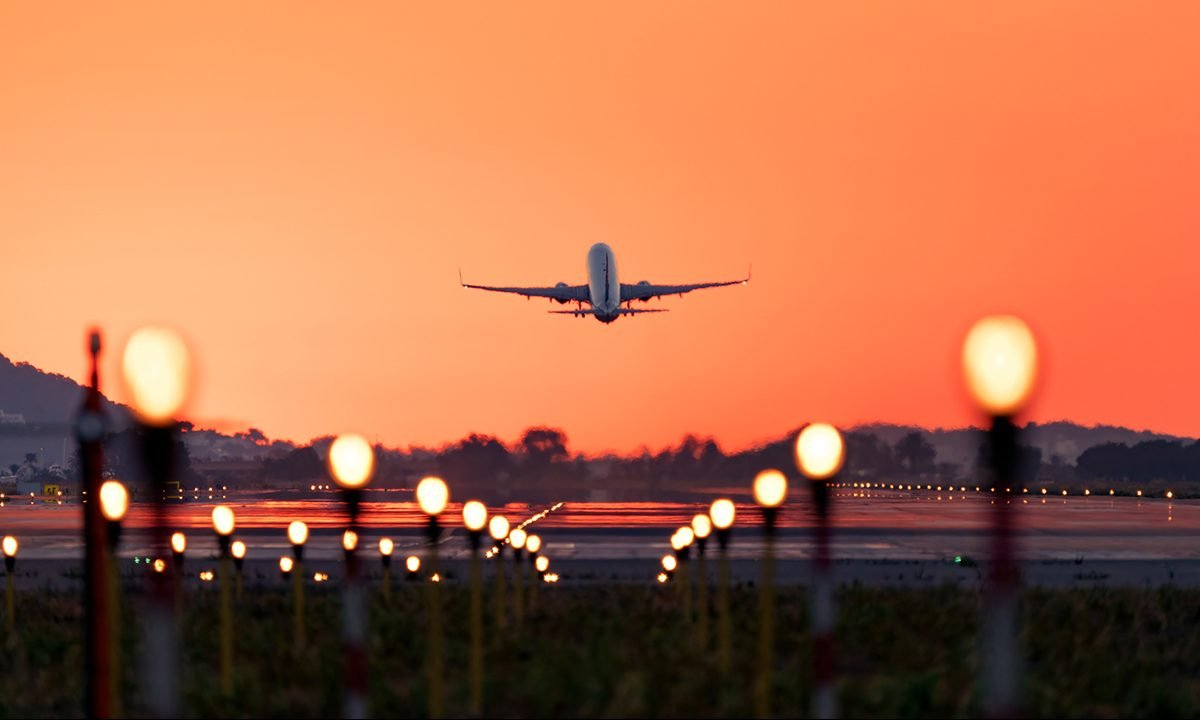What is Skiplagging?

Skiplagging is a strategy used by some travelers to save money on flights. It involves purchasing a ticket for a flight that has a layover at the passenger’s actual destination, with the intention of disembarking at the layover city and not completing the final leg of the journey.
Here’s a basic example:
- A traveler wants to fly from City A to City B.
- Direct flights from City A to City B are expensive.
- The traveler discovers a cheaper flight from City A to City C, with a layover in City B.
- The traveler books the flight to City C, but deplanes at City B and doesn’t continue to City C.
While this might seem like a clever way to save money, airlines generally frown upon it. Not only can it disrupt their operations, but it can also lead to potential losses for the airlines. Therefore, some airlines have terms and conditions that explicitly prohibit skiplagging. Violating these terms could potentially result in penalties for the passenger, such as being banned from the airline or losing their frequent flyer status.
Additionally, skiplagging comes with several risks and inconveniences for passengers. For instance, airlines usually cancel the return portion of a ticket if a passenger skips any leg of their journey. Therefore, skiplagging is typically only useful for one-way travel. Also, passengers can’t check bags, as they would be sent to the final destination. Finally, if the flight’s itinerary changes (which can happen for various reasons), the layover might be moved to a different city, causing the passenger to end up in the wrong place.
Given these potential downsides, while skiplagging can sometimes save money, it’s a controversial practice that comes with risks and potential penalties.






